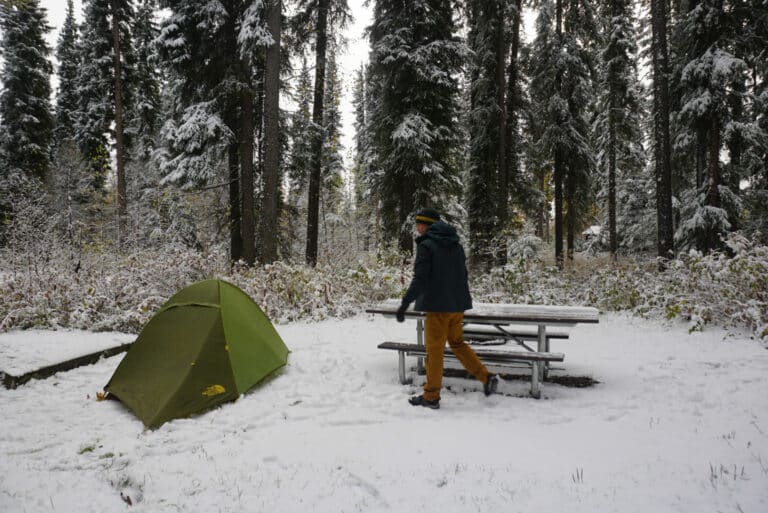
Photo: Ryan Nordsven UFWS
Outside of illustrations in fairy tales and pictures in magazines, there’s a good chance you’ve never seen a red wolf before. Most of us never will. Thanks to aggressive wolf pelt bounties, the largely nocturnal animals were hunted into near-extinction by the ‘60s. Today, roughly 100 to 120 red wolves live in the wild, reintroduced to the landscape by the U.S. Fish and Wildlife Service within a five-county recovery zone in Eastern North Carolina near the Alligator River. It’s the world’s only population of red wolves living in the wild, and they may once again be under the gun. Only this time, it’s a case of mistaken identity. Gunshot wounds are the leading cause of death for red wolves in North Carolina. In many cases, the hunters responsible for the deaths are unaware they’re shooting wolves. They think they’re shooting coyotes, a species that has migrated back East in abundance.
The North Carolina Wildlife Resources Commission has allowed unlimited hunting of coyotes on private property for decades. But in August 2012, the commission enacted a temporary rule allowing spotlight hunting of coyotes at night. Unfortunately, coyotes and wolves look similar, especially at night, a move that may put red wolves at risk.
“We have nothing against hunters,” says Kim Wheeler, executive director of the Red Wolf Coalition. “But the number of accidental deaths of red wolves from hunters increases every year. Ideally, we’d like to see no coyote hunting in the five-county recovery zone. We’re certainly pushing to stop night hunting. A gun in the dark is just nuts.”
Gordon Meyer, director of the NC Wildlife Resources Commission, says hunting coyotes at night is simply too effective to dismiss. “It gives landowners the tool they need to manage coyotes and protect their private property.”
The trouble is, some landowners may not recognize what animal they’re actively managing when they’re hunting. Coyotes and red wolves have similar colored coats and are similar in size, making it easy for a hunter to mistake a red wolf for a coyote. According to the most recent Fish and Wildlife Service’s report, gun shot wounds are the leading cause of death for red wolves. In 2012, eight wolves were killed by hunters. Two have already been shot in 2013. Most of the wolf deaths are the subject of ongoing investigations, but in at least three of those incidents the responsible hunter confessed that the shootings were cases of mistaken identity.
“That’s clear evidence that wolves are being mistaken for coyotes,” says Derb Carter, a senior attorney at the Southern Environmental Law Center. “The Wildlife Commission is taking the view that hunting coyotes poses no threat to the red wolf, but after the Fish and Wildlife Service report, that’s no longer a viable stance.”
After SELC challenged the rule, the Wake County Supreme Court blocked the temporary rule that allowed spotlight hunting of coyotes at night in the five-county wolf recovery zone. But a separate, permanent rule is still on the table and scheduled for a vote by the North Carolina Legislature in the Spring. If the rule passes, and night hunting is allowed permanently within the red wolf habitat, the SELC is prepared to bring a federal lawsuit against the NC Wildlife Commission for allowing an action that violates the Federal Endangered Species Act.
“We’re working with the Fish and Wildlife Service on the recovery of red wolves, but we have two responsibilities in this situation: recover the wolf species and manage the growing coyote population,” says Meyers of the NC Wildlife Resources Commission. It’s a difficult situation to strike a balance. If we don’t allow coyote hunting, you’re telling the landowner that they can’t protect their private property.”
The Red Wolf at a Glance
Habitat: An estimated 100-120 red wolves roam a 1.7-million acre landscape in Eastern North Carolina. It’s the only wild red wolf population in the world.
Pack Life: Red Wolves live in “family packs” of five to eight, consisting of the parents and offspring.
Average size: 50-80 pounds.
Diet: White tailed deer, rabbits, raccoons and small rodents.
Life expectancy: Under 10 years in the wild.
Maximum penalty for shooting a red wolf: One year in prison and $100,000 in fines.








